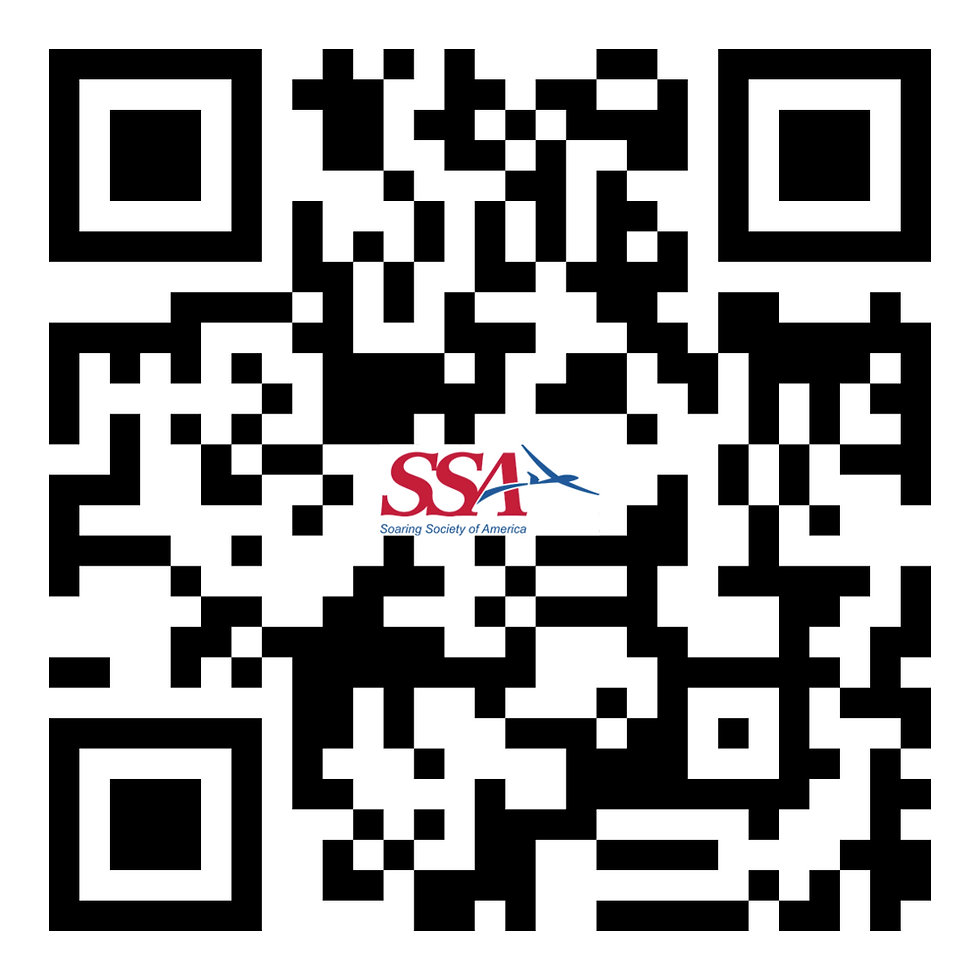- Peter

- Jun 16, 2021
- 1 min read
Last month we added a central image feature to our subscriber Animation Engine and our free public QR code generator. This allows you to create a standard QR code with an image in the middle, which helps communicate to your potential scanning audience what the QR code does for them or where it will take them.
Sure, anyone can do this manually with some basic image editing software, but we've found that placing an image in the middle is actually something that's really easy to get wrong. You don't want the image only partially covering up code tiles, which can affect the data integrity of the code. Also you don't want to have image distortion if you have to meet the first requirement.
We've implemented a solution which never distorts your stamp image, and never partially covers up code tiles.
Also, since image orientation is commonly confused with different image formats, we've made it easy to rotate the image if needed.
Here's a simple example of how a central image can help your standard QR code's first impression:

A reminder, the above code was made with our Standard QR code Generator which is free, private, with no advertisements, and provides high quality image. It could save you some time for sure.
And don't forget, if your QR code is going to go on an electronic display, consider really leveling up and getting one of our animated QR codes.